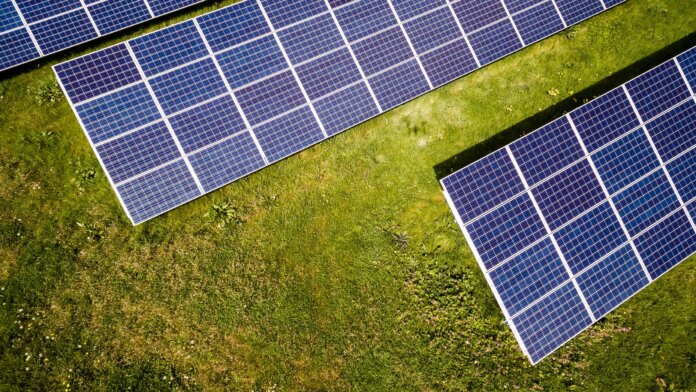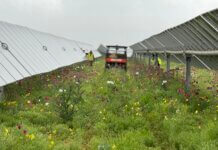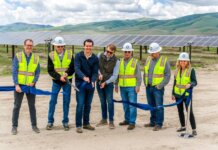The Biden-Harris Administration, through the U.S. Department of Energy (DOE), is accepting applications from all 50 states, five U.S. territories and the District of Columbia for $425 million in formula funding through the State Energy Program (SEP). This expanded funding provided by President Biden’s Bipartisan Infrastructure Law will enable states to develop and implement a variety of clean energy programs and projects that will create jobs, spur economic growth, cut Americans’ energy costs, and reduce carbon emissions.
“States are the vanguard of our nation’s energy planning and implementation efforts, driving the deployment of clean energy infrastructure to lower utility costs and ensure an equitable clean energy transition,” states U.S. Secretary of Energy Jennifer M. Granholm. “The President’s Bipartisan Infrastructure Law funding expands foundational, longstanding programs like the State Energy Program to help every state and territory manage their energy resources and accelerate gains in energy efficiency and add more clean energy onto the grid.”
This funding announcement will transform SEP by expanding formula grants to nearly 10 times of recent funding levels, allowing states to ramp up their clean energy planning and deployment efforts and deliver benefits to more American families, businesses and communities. SEP funding affords states broad flexibility to finance a range of activities and projects, such as installation of renewable energy systems and clean energy infrastructure, innovative clean energy technology demonstration projects, energy efficiency upgrades, clean energy financing programs, and critical planning for clean energy and workforce development programs.
In recent years, states have used SEP funding for a variety of innovative and impactful clean energy and energy efficiency projects, from building solar canopies and electric vehicle charging stations in Maryland parking lots, to helping repurpose Kentucky mine lands as sites for solar energy generation. The Bipartisan Infrastructure Law further expands the scope of SEP-supported activities by adding new elements states should include in their State Energy Conservation Plans – a foundational piece of a state’s SEP application. These new elements include a requirement covering transmission and distribution planning and optional activities focused on the promotion of demand-response technology and transportation efficiency and electrification.
DOE is prepared to support states’ clean energy deployment efforts with the recent establishment of the Office of State and Community Energy Programs, within the Office of the Under Secretary for Infrastructure. The Office of State and Community Energy Programs partners with state and local governments and organizations to significantly accelerate the deployment of clean energy technologies, catalyze local economic development, create jobs, reduce energy costs and reduce pollution. SEP will serve as the cornerstone of the office’s work and relationships with state governments and territories across the country.
DOE will also leverage funding from the Bipartisan Infrastructure Law to develop and deliver targeted technical assistance to states to help facilitate and amplify the impact of their SEP funding. This technical assistance strategy allows states to opt-in to cohort-based assistance built around an initial set of key topics aligned with state and Biden-Harris Administration priorities: transmission and distribution planning; system-wide planning for grid expansion, modernization and clean energy technology integration; state energy security plans; community energy planning; and clean energy manufacturing planning.
Through these topic-based cohorts, states will invest portions of their SEP funding in related programs and projects and receive hands-on technical assistance from DOE, including modeling and analytics support, peer convenings and networking opportunities, and more. These cohorts will begin in 2023, and topics may change based on state input.
Funding guidance and application documents for states and formula funding allocations are found here.
Image: Andreas Gücklhorn on Unsplash




